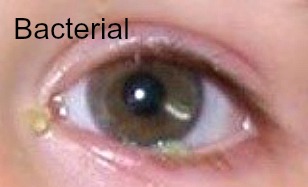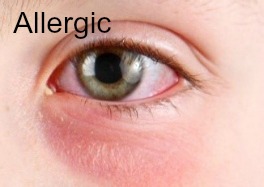|
Parents and early childhood educators are often in the position of having to determine whether a child’s health is at the acceptable level to attend child care, or whether they should be sent home in order to prevent the spread of their illness/condition. This can sometimes be a difficult decision in the absence of medical advice. In the event that a child is showing possible signs of conjunctivitis, parents and educators need to be aware of the various causes and symptoms, and how to treat the condition. Dr Jo Richards MBChB, MMed, FCOphth(SA), FRANZCO has provided the advice below, to serve as a guide to parents and early child educators when dealing with children who are displaying the symptoms of conjunctivitis. Dr Richards is a consultant ophthalmologist at Royal Perth Hospital and in private practice at Western Eye. Please note that this information is intended as a guide for parents and early childhood educators. If in doubt, always consult with a medical practitioner. The Australian Government’s “Staying Healthy: Preventing infectious diseases in early childhood education and care services” guidelines are available online at http://bit.ly/StayingHealthyECE . |
 |
1/ Viruses (very common)
The eye will usually be bright red (but sometimes only mildly red), uncomfortable, and watery, frequently with puffy eyelids. There is often a tender lymph node the size of a pea just in front of the ear. The redness often starts in one eye and moves to the other. |
 |
2/ Bacteria (less common)
The eyes are usually only mildly red and are sticky or have a yellowish discharge in the corner or along the eyelids.
|
 |
3/ Allergy (less common) The eyes and eyelids are usually mildly red and itchy. The child will often rub them. |
|
IMPORTANT NOTE: People can develop an allergy to antibiotics and resistant bacteria can grow if antibiotics are used unnecessarily. Antibiotics should ONLY be used if the eye is sticky with a yellowish discharge. If severe, a GP should be consulted. Feedback from some parents suggests that some child care centres have introduced a policy that children who have conjunctivitis should be on antibiotic drops for 2 days before they can return. This approach goes against recommended medical practice and should be changed immediately. If children are given antibiotics as a “catch all” remedy, antibiotic resistance will develop; children with viral conjunctivitis will be subjected to un-necessary treatment and children with highly contagious adenoviral conjunctivitis will be allowed back into child care too early. They will then infect other children and staff. |
Virus
A child with uncomfortable / sore red watery eyes probably has a virus, and should stay at home until the eyes are better. Antibiotics are not required as they DO NOT WORK on viral infections.
Bacteria
A child with a mildly red eye(s)and a sticky or yellowish discharge in the corner or along the eyelids most likely has a bacterial infection. Although bacterial conjunctivitis is less contagious than viruses, it is still possible to pass on infection when the eyes are very sticky and the child should stay at home until the discharge has resolved.
Allergy
A child with ongoing itchy eyes related to allergy does not need to be excluded from child care.







